“Museums play an extraordinary role in promoting and preserving cultural and historical heritage, serving as repositories of Albania’s archaeological, historical, and cultural wealth.
As significant destinations for cultural tourism, museums present a rich reflection of our national culture, with which Albania continues to attract visitors from all around the world, contributing to the development of the tourism sector.
Museums also play a crucial role in cultivating a sense of identity and cultural coexistence among generations, offering a space where visitors can learn about, respect, and appreciate the historical wealth of Albania.”
The National Archaeological Museum
The National Archaeological Museum in Tirana, Albania, established in 1948 originally as the Ethnographic-Archaeological Museum, stands as a central hub showcasing the majority of the country’s archaeological treasures. The museum houses approximately 18,000 objects from various historical periods. Across its three pavilions, over 2,000 objects are displayed, including sculptures and smaller items. These range from artifacts of the Stone Age to objects dating back to the era of Turkish conquest.
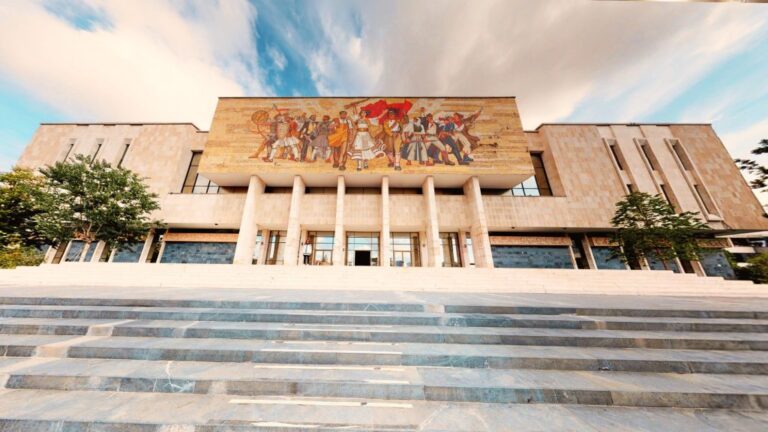

Archaeological Museum of Durrës
This museum has its origins dating back to the year 1951. The majority of the museum’s collection consists of 3204 objects, which are found in the ancient city of Dyrrahchium (modern-day Durrës) and encompass a wide collection from ancient Greek, Hellenistic, and Roman periods. The main artifacts include Roman funeral steles, stone sarcophagi, and a collection of miniature busts of Venus, evidence of the time when Durrës was a center of worship for the goddess of Love.
Archaeological Museum of Butrint
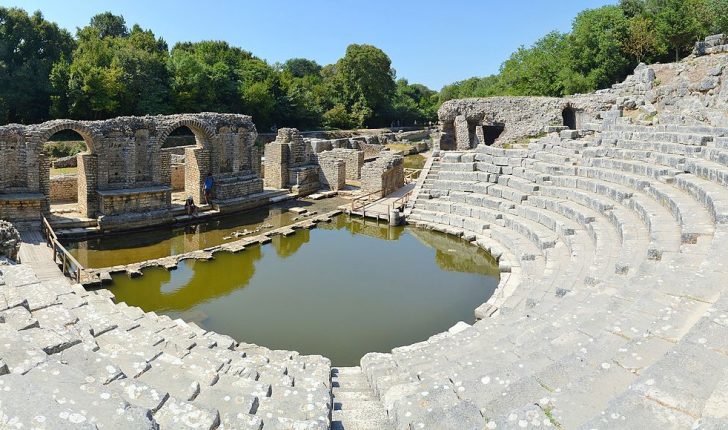
Customise your Albanian tour now!
Other Destinations
Archaeological Museum of Apollonia
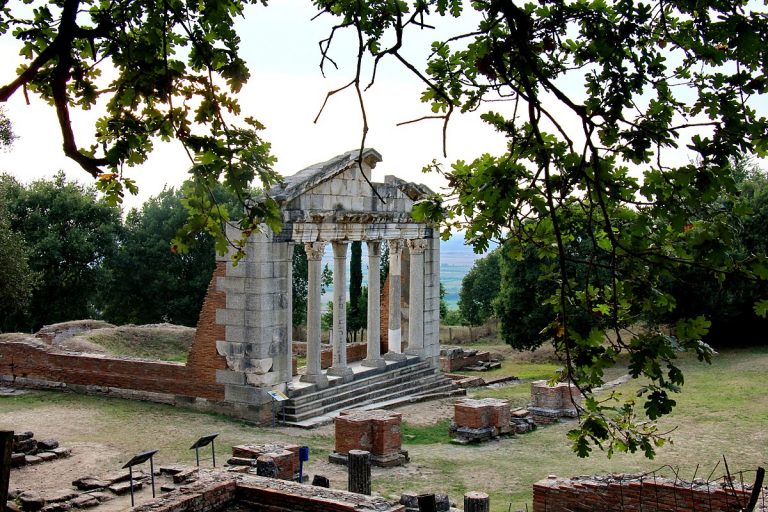
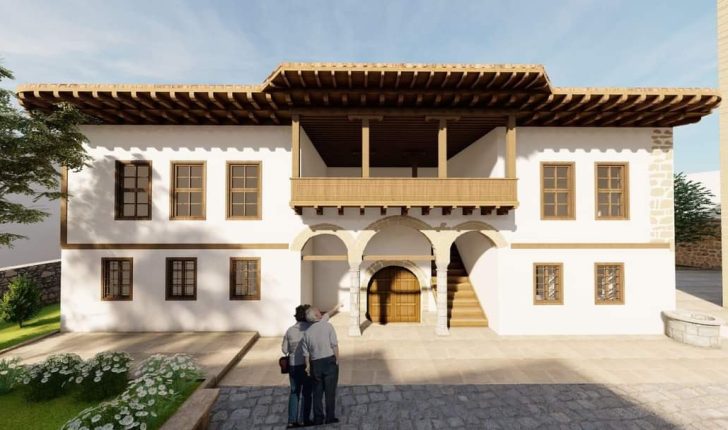
Archaeological Museum of Korçë
The Archaeological Museum of Korçë was established in 1985 and achieved a more comprehensive and complete form after its organization in 1990. This museum is housed in two characteristic Korçë buildings from the early 19th century, which have been declared Cultural Monuments for their architectural values. The Archaeological Museum is unique in its kind, focusing on the prehistory of the southeastern region, spanning from the Neolithic period to the developed Iron Age. The museum represents several important prehistoric settlements such as Maliqi, Potgoria, Dunaveci, Trajani, and includes a small section on post-prehistoric periods. The Archaeological Museum of Korçë features around 1200 exhibited objects, the majority of which belong to the Neolithic, Bronze Age, and Iron Age periods.
National Historical Museum


National Museum Gjergj Kastrioti Skënderbeu
This museum has the character of a memorial and is regarded as the Albanian Tower of the North. The National Museum “Gjergj Kastrioti Skënderbeu,” also known as the Skanderbeg Museum and the Kruja Museum, is located in Kruja and is one of the most visited museums in Albania. The museum was built within the famous Kruja Castle, a symbol of the defeat of the Ottoman armies three times in the 15th century. The museum’s inauguration took place on November 1, 1982. The museum complex is divided into several spaces, which are visited chronologically according to historical events.
The museum exhibits numerous objects, documents, original bibliographies, and authentic reproductions that clearly depict the history of the Albanian people from the 15th century and beyond. It includes pavilions such as the antiquity and early medieval period pavilion, the pavilion of Albanian principalities, the Ottoman conquest and resistance pavilion, the medieval castle pavilion, the Albanian resistance pavilion, Skanderbeg’s chancellery, the library, the princes’ hall, the art gallery, and finally, the heritage and echo pavilion. These pavilions showcase objects made of ceramics, bronze, iron, copper, various facsimiles, original icons, writings, the 1462 bell, original swords from the 15th century, and more.
House-Museum “Congress of Lushnjë”
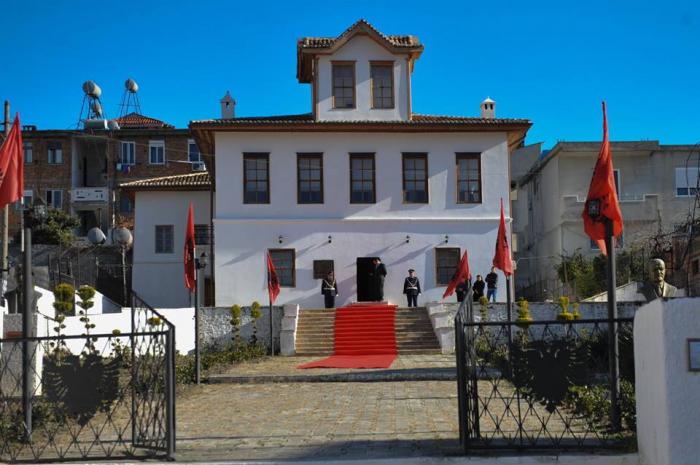
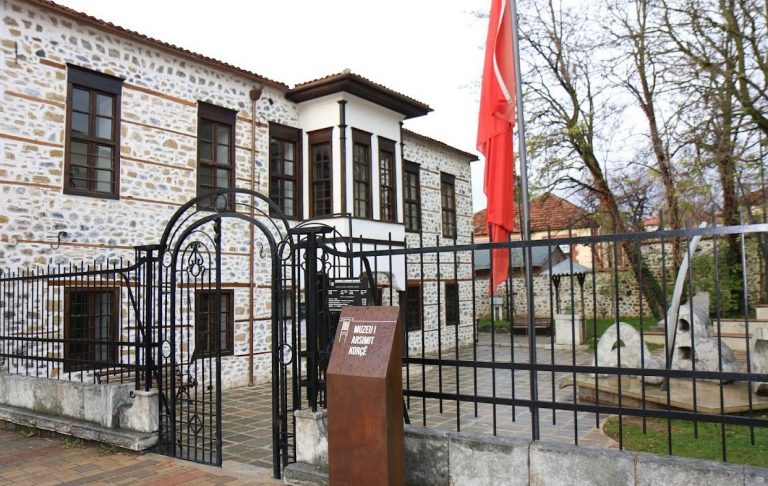
National Education Museum
National Museum of Independence


Historical Museum of Shkodër
The Historical Museum of Shkodër began to be organized in 1947 but took its complete form in 1949. It is located in the city center, in a monumental 19th-century building, complemented by the “Clock Tower” attached to it. Initially, the museum was established on the basis of old collections of the Jesuits and Franciscans, founded since the end of the 19th century, as well as collections from Shkodër families. Later, the collections grew through donations, purchases, chance findings, and archaeological excavations.
The museum periodically organizes commemorative activities, conferences, and seminars on various topics. Currently, the museum publishes the magazine “Kumtari” and has undertaken the publication of 10 volumes with materials from the seminar “Shkodra in Centuries,” which includes studies in the fields of history, archaeology, ethnology, folklore, linguistics, literature, and the arts. The museum consists of the following sections: ethnography, archaeology, fine arts, and a library. The library serves as a source for scientific research conducted by the museum staff. Its function is to promote local and national history and cultural traditions to both the local and international communities.
Historical Museum of Vlorë

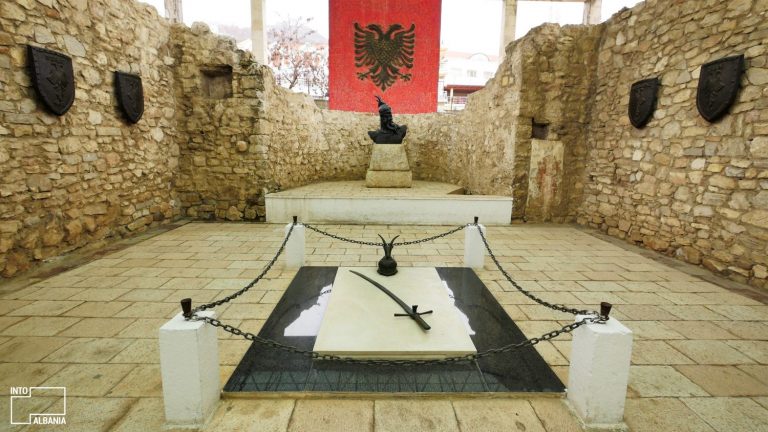
Skanderbeg Memorial Museum
The Skanderbeg Memorial is a memorial object to our national hero Gjergj Kastrioti Skanderbeg. It was constructed in 1981 on the grounds of the Church of Shënkolli, also known as the Selimiye Mosque, in Lezhë. The Skanderbeg Memorial Museum is an important cultural institution. The memorial site in Lezhë (the Venue and the Assembly of Lezhë) highlights two of the greatest events in Albanian history: the holding of the Assembly of Lezhë on March 2, 1444, known as the League of Lezhë, where Gjergj Kastrioti – Skanderbeg united the Albanian princes in the fight against the Ottoman invasion, and secondly, the place where Skanderbeg’s body rests. He died in Lezhë on January 17, 1468, at the age of 63, due to malaria.
The number of visitors, both domestic and foreign, has been steadily increasing over the years. The majority of domestic visitors include students and scholars from Albania, Kosovo, and Albanian communities in Macedonia and Montenegro. As for foreign tourists, the majority are from Europe and America, but visitors from African and Asian countries are not uncommon.
Bunk’Art 1 – Tirana
Such a bunker with 5 underground floors was built between 1972 and 1978, showcasing objects that were used by former communist leaders in the years 1976-1980. It is located in a well-known area of Tirana. This anti-nuclear bunker was transformed into a museum in November 2014 and is called Bunk’Art..
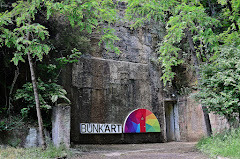
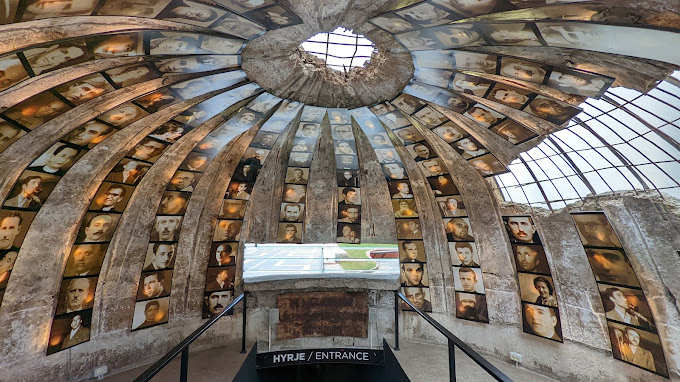
Bunk’Art 2- Tirana
“Bunk’Art 2” is located near the Ministry of Interior building in the historical and monumental ensemble of Tirana. It covers an area of 1,000 square meters and consists of 40 rooms that present the history from 1912 to 1991, based on facts obtained from the Central State Archives and the Ministry of Interior. From room to room, the history unfolds starting with the establishment of the first Gendarmerie, the Gendarmerie of the Albanian Kingdom, the People’s Police, and continues with the camps surrounded by barbed wire, prisons, internments, and deportations. One room is dedicated to how foreigners were surveilled while they were in our country during the communist dictatorship.
Historical Museum of Dibër
The museum is located in the center of the city of Peshkopi, about 30 meters from the main boulevard of the northern city. In this two-story building, you can visit three pavilions with 2,000 highly significant relics from various historical periods. The Archaeology Pavilion houses objects dating from the early Neolithic period to the Middle Ages. The Ethnography Pavilion, the largest in terms of area, focuses on the constituent elements of the guest room. There, you can see mangals, musical instruments, wooden and ceramic utensils, musical instruments, and more. The traditional clothing of both men and women, vests embroidered with gold thread, cradles used for babies, and more are also on display. In addition, the museum walls are adorned with paintings by renowned artists from the region..
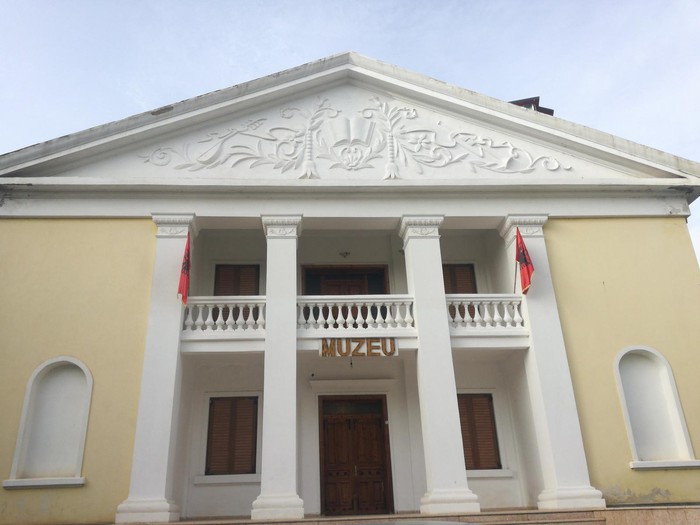

House of Leaves
The building known as House of Leaves got its name because of the ivy that covered its façade. This building has now been transformed into the National Museum of Surveillance. Opened on May 23, 2017, it is one of the most unique museums that seeks to tell young people and foreigners about one of the darkest periods in the country’s history.
Located in the center of Tirana, opposite the Cathedral of the Orthodox Church and near the National Bank, the building served as the Central Headquarters of Surveillance of the Secret Service, or the former State Security, from 1944 to 1991.
” House of Leaves ” was shrouded in various legends and mysteries, with whispers of people and the rustling of leaves. By opening the doors of this house and presenting the activities that took place inside, among other things, this museum will simultaneously reveal a view of Albanian society under a regime that sought total control over people’s bodies, minds, and spirits.
This museum is dedicated to the surveillance, control, and espionage conducted by the operatives of the former State Security that led to the arrest, internment, torture, and severe punishment of many innocent people, who are the central figures honored by this museum.
The Ethnographic Museum of Berat
The National Ethnographic Museum is a museum in the city of Berat, founded in 1979. The Ethnographic Museum has a rich collection of 1300 objects and is an important testament to the rich culture and interesting traditions of the region of Berat, a city recognized as a UNESCO World Heritage site. The museum is located in a two-story building dating back to the nineteenth century, typical of the Berat region.On the ground floor, there is a makeshift medieval market street, presented through exhibited objects representing the most developed arts and crafts of Berat, including silversmithing, copperwork, and clothing and adornments that reflect the aristocratic lifestyle of the middle and upper classes of the city. On the second floor of the museum, there is an open-air veranda for welcoming guests, an archive, a loom, and a kitchen. In the outdoor areas of the museum, many original, massive, and functional objects of our popular culture are displayed.

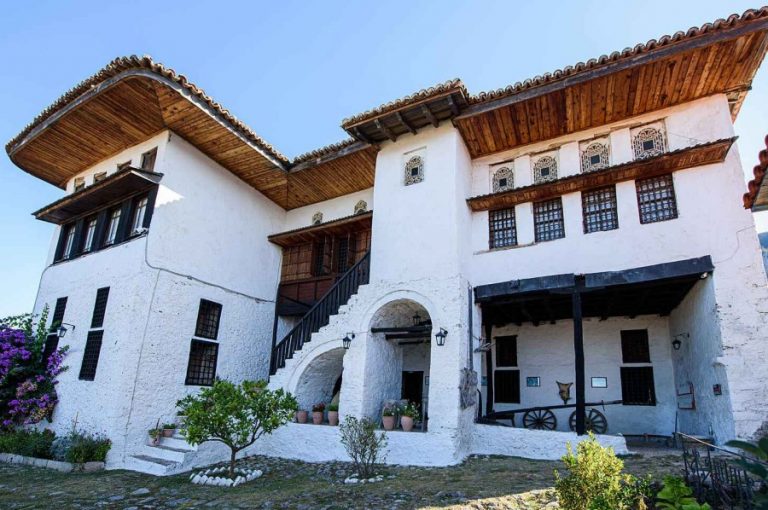
Muzeu Etnografik i Krujës
Muzeu Etnografik i Krujës është një nga monumentet më të çmuara të trashëgimisë kulturore dhe historike të Shqipërisë, i cili është atraksion i rëndësishëm dhe ndër më të vizituarit nga turistët nga e gjithë bota, që dëshirojnë të njohin kulturën shqiptare. Ai ofron një tur unik në mënyrat e jetesës dhe zakonet e shtëpisë shqiptare përgjatë shekujve dhe një struktura unike në llojin e saj në të gjithë Ballkanin, frymëzuar nga stili arkitekturor shqiptar dhe Osman. Muzeu Etnografik i Krujës ndodhet brenda Kalasë së Krujës. Ky muze është përshtatur si muze në vitin 1989 në shtëpinë e familjes së njohur aristokrate Toptani. Kjo banesë Monument Kulture e kategorisë së parë është e tipit “çardak” e ndërtuar në vitin 1764. Tre katet e shtëpisë – muze ekspozojnë aspekte të ndryshme të jetesës së familjes së pasur shqiptare gjatë sundimit osman si dhe pasqyrojnë një pamje e plotë të zejeve të ushtruara në Krujë dhe në të gjithë Shqipërinë dhe mënyrën e jetesës së popullsisë shqiptare mbi 300 vite më parë.
Prej disa kohësh ky muze i është nënshtruar procesit të restaurimit përmes Programit të Bashkimit Europian “EU4Culture”, me mbështetjen e një ekipi të konservimit nga Instituti i Konservimit në Universitetin e Arteve të Aplikuara në Vjenë, krahas specialistëve shqiptarë të angazhuar në procesin e restaurimit dhe rijetësimit të monumentit. Në këtë monument po kryen punimet më të imëta për pastrimin përfundimtar, ruajtjen e objekteve dhe vendosjen e ekraneve për të nxjerrë në dritë pikturat që zbukurojnë mjediset e brendshme të Muzeut Etnografik të Krujës.
The Ethnographic Museum of Gjirokastra
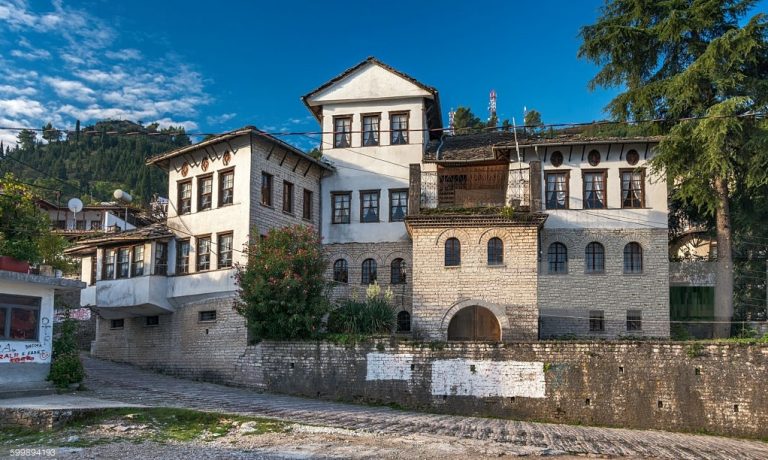
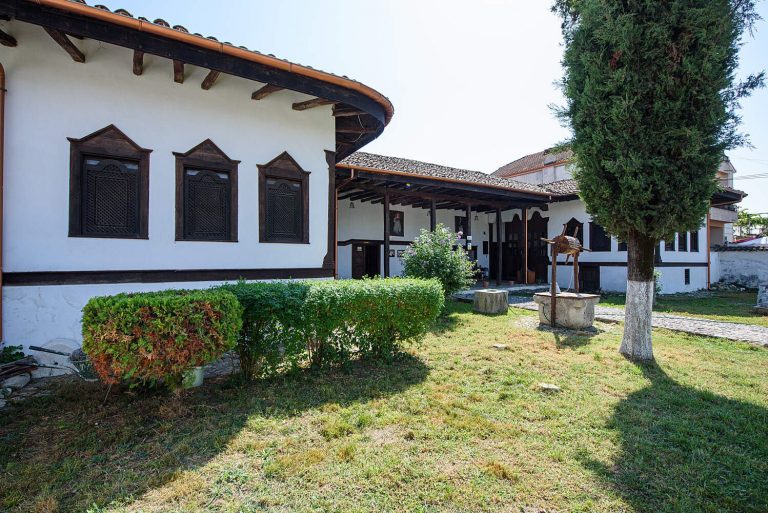
The Ethnographic Museum of Kavaja
The Castle Museum of Rozafa
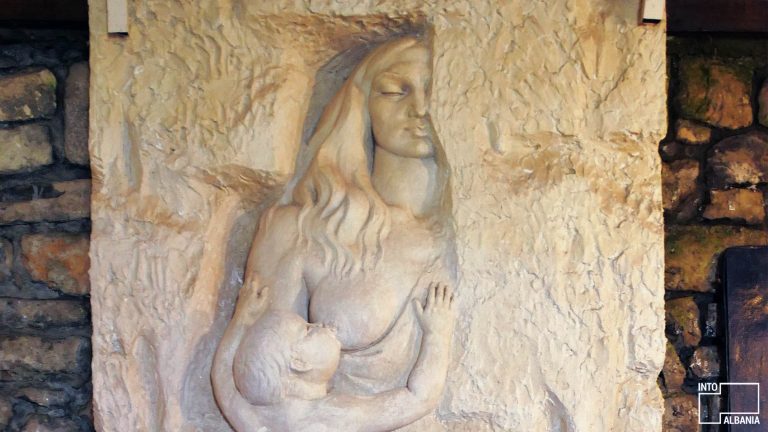
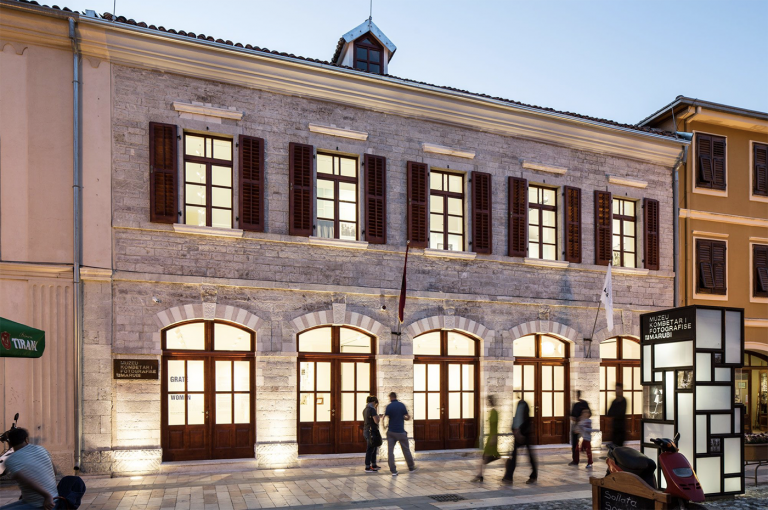
The “Marubi” National Museum of Photography
The “Marubi” Photo Studio was founded in 1856 in Shkodër by the painter, sculptor, and architect Pietro Marubi. The National Photo Archive “Marubi” was established in 1970 when Gegë Marubi donated his family’s three-generation personal archive, consisting of around 150,000 negatives, to the state. This archive contains negatives of various formats, ranging from 30 cm x 40 cm to 6 cm x 9 cm on glass plates, covering the period from 1858 to 1959. It is one of the richest archives in the Balkans. Within this archive, you can find negatives featuring diverse themes and a wide range of figures, including Pashas, Viziers, Turkish officers, as well as consuls from various nations such as Italians, French, Austrians, English, Russians, Greeks, Serbs, figures from World War I and World War II, and important Albanian personalities such as Luigj Gurakuqi, At Gjergj Fishta, Ndre Mjeda, Asdreni, Ernest Koliqi, Lasgush Poradeci, Migjeni, Azem and Shote Galica, and many other significant figures in our national history.
Additionally, the archive contains negatives featuring themes from ethnography, urbanism, cultural monuments, history, markets, river navigation in the Bunë River, and more. Gegë Marubi, the last of the Marubi dynasty, was a master of portraiture and landscape photography with red ink retouching. He was the first to employ this retouching process in photography, having learned it in France during his studies. The archive also includes various other themes such as his famous landscapes, urban scenes, ethnography, markets, sports, and many other significant subjects.
The National Museum of Medieval Art


The Oriental Art Museum “Bratko”
The Oriental Art Museum “Bratko” is an art museum located in Korçë, Albania. It primarily houses a collection of Asian art. The Oriental Art Museum “Bratko” was opened in June 2003.
The museum exhibits 432 objects, including a piano, a Chinese altar, Japanese women’s clothing, Chinese pants and belts, Indonesian swords, European medals, Japanese paintings, and various photographs. These items were collected by Borja while serving in the Balkans on a UN mission. The photographic images are quite unique and depict the social and cultural history immediately after the war, as well as the significant role played by General MacArthur in the economic and institutional reconstruction of Japan.
The National Iconographic Museum in Berat, Onufri
The National Iconographic Museum in Berat, recognized by UNESCO, is named after Onufri, one of the leading painters of Albanian art in the 16th century, who left a rich legacy in iconographic art. The museum is located within the premises of the Church of the Dormition of St. Mary, in the Castle of Berat, since February 27, 1986. The National Museum “Onufri” is situated in the center of the inhabited area within the medieval castle of the city of Berat. It houses a rich collection of iconographic works and various service objects.
The museum complex consists of the central hall of the church, the altar area, as well as several auxiliary spaces. In addition to the exhibited icons, a special series of icons are also found on the dismantled iconostasis of the church, which are works by the painter Joan Çetri.
In the display cases, you can also find textiles and metal objects, which testify to a high-level artisan tradition of the Berat region.
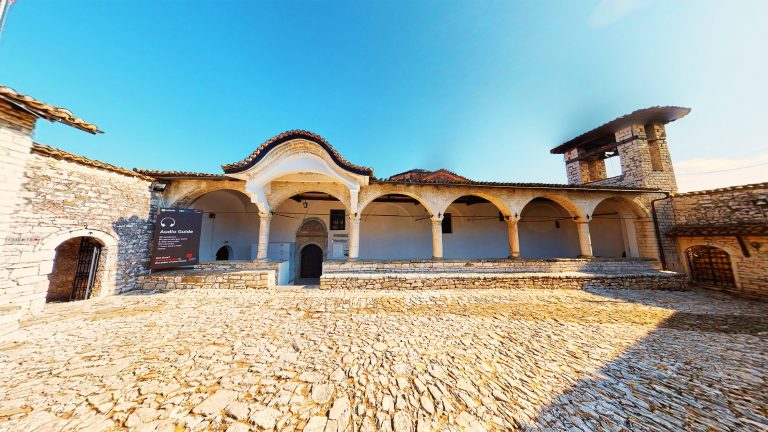
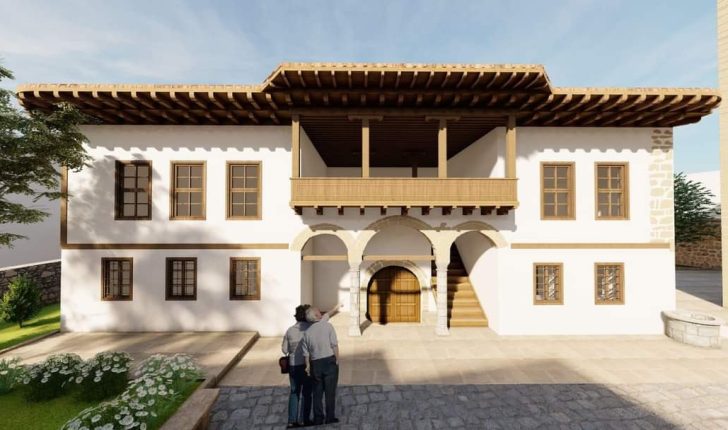
Gjon Mili Museum, Korçë
Museum of Natural Sciences
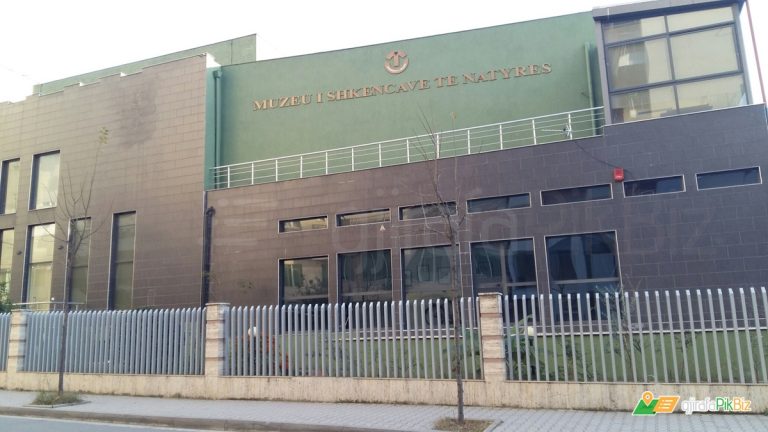

Albanian Stamp Museum
The Archaeological Museum of Korçë was established in 1985 and achieved a more comprehensive and complete form after its organization in 1990. This museum is housed in two characteristic Korçë buildings from the early 19th century, which have been declared Cultural Monuments for their architectural values. The Archaeological Museum is unique in its kind, focusing on the prehistory of the southeastern region, spanning from the Neolithic period to the developed Iron Age. The museum represents several important prehistoric settlements such as Maliqi, Potgoria, Dunaveci, Trajani, and includes a small section on post-prehistoric periods. The Archaeological Museum of Korçë features around 1200 exhibited objects, the majority of which belong to the Neolithic, Bronze Age, and Iron Age periods.
Gjirokastra Weapons Museum
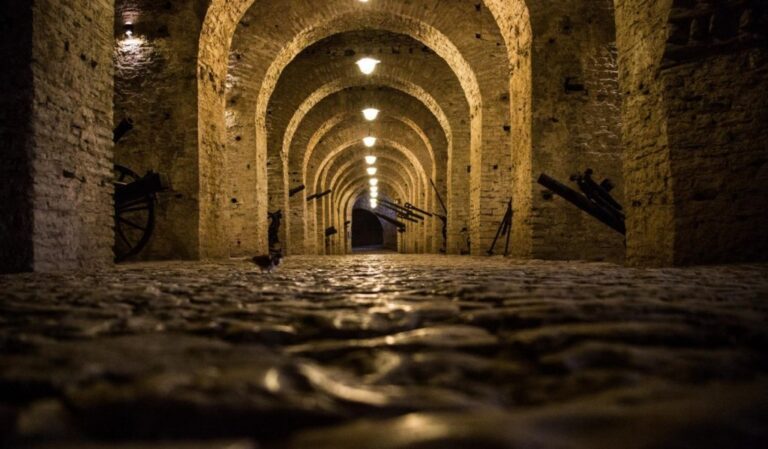
Customise your Albanian tour now!
Other Destinations
Get in touch with our friendly team
- contact@absolutealbania.com
- +355 67 40 567 56
